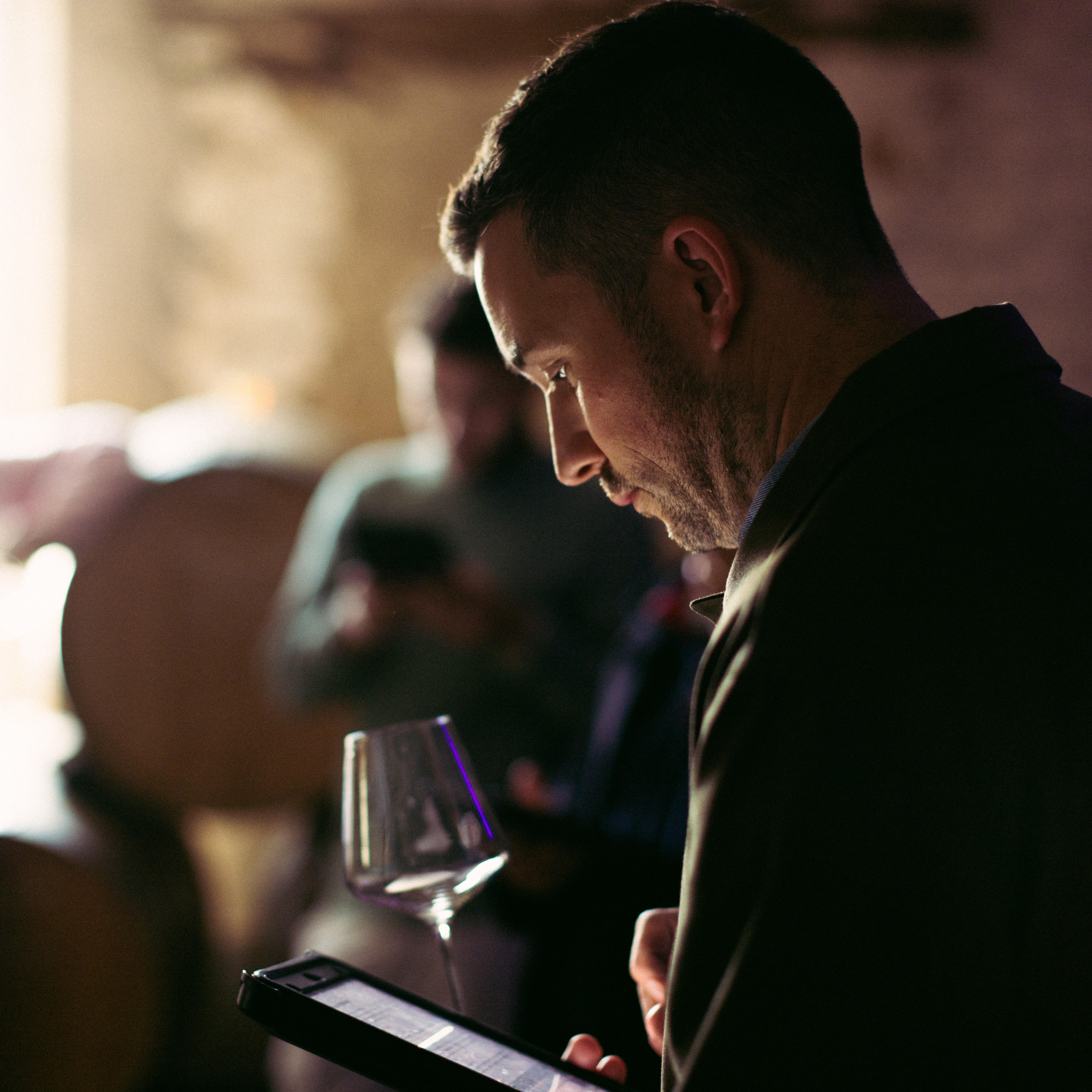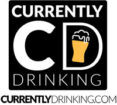[ad_1]

The 2020 classic is among the many greatest in latest reminiscence for white Burgundy, says Adam Bruntlett. On this report from the biannual Burgfest tasting, our Burgundy Purchaser takes a more in-depth take a look at the wines.
Every autumn I spend round 5 weeks tasting the brand new Burgundy classic from barrel. I’ll style each single wine we purchase (and a few we don’t), and I’ll typically style the identical wine greater than as soon as. This enables me to get below the pores and skin of the classic, to grasp how the wines ought to age. And but, every tasting is only a snapshot. Wine is a dwelling factor, notably when in that youthful, pre-bottling state. It’s important, due to this fact, to revisit the wines and to reevaluate the assessments comprised of barrel. That is the place the particular tasting referred to as “Burgfest” is available in.
Burgfest
Twice a yr, a 12-strong group descends on a former Cistercian farmhouse in a sleepy valley behind Savigny-lès-Beaune. Jasper Morris MW, Neal Martin and Neil Beckett deliver journalistic rigour, becoming a member of a choice of importers from the UK, USA, Singapore and Norway. Collectively, we tackle the arduous job of revisiting some 250 Premiers and Grands Crus three years after bottling.
The wines are tasted blind, however inside flights of their village and winery. They’re decanted and served cool, permitting for them to heat up as we style. Because the temperature will increase, the wines reveal extra nuances and alter form. How positively a wine evolves within the glass because it meets oxygen is a benchmark for the way it will evolve in bottle. We solely style within the morning, with round 40 to 50 wines per day. This enables time to pay attention whereas additionally avoiding fatigue.
In Could this yr, it was the flip of the 2020 whites. My hopes had been excessive for an thrilling set of wines. In my classic report from barrel on the time, I used to be effusive in my reward for the whites. However predicting how a wine will develop just isn’t a precise science. The earlier version of Burgfest had proven some wines from the nice and cozy 2019 classic that had been somewhat riper than I personally like. Would 2020, one other heat classic, fall into the identical lure? Or may it eclipse 2017 or 2014 as the best white classic in trendy instances?
Beginning out with Chablis
Very first thing on Monday morning, ten flights of Chablis lay forward of us. Within the olden days of lean, inexperienced and imply Chablis, this may need been a frightening prospect. However latest hotter vintages have considerably altered the wines’ profile, giving somewhat extra flesh on the bones. This would possibly disappoint purists, however Chablis has soared in recognition as a consequence.
Highlights included these vineyards recognized for his or her energy and generosity. Fourchaume and Mont de Milieu appeared to have embraced the heat of the classic. Famille Grossot and Le Domaine d’Henri’s L’Homme Mort Vieilles Vignes had been my picks from Fourchaume; William Fèvre, Grossot and Pinson all excelled in Mont de Milieu. Samuel Billaud and Benoît Droin stood out, scoring persistently nicely all through.
The Grands Crus took a step up in 2020. Louis Michel, a domaine famend for utilizing no oak in any respect, demonstrated the advantages of stainless-steel tanks in preserving freshness. The property’s Les Clos was my top-scoring Chablis of the tasting, regardless of stiff competitors from Droin’s Grenouille.
Onto Meursault
Day two was all about Meursault. The usual was exceptionally excessive, as evidenced by the appreciative murmurs as we tasted. I struggled to select a favorite between Comtes Lafon’s Porusots and Bouchères within the early flights. Benjamin Leroux’s Pièce Sous Le Bois confirmed the advantages supplied by the cooler slopes of Blagny, with freshness and pressure.
Antoine Jobard’s wines displayed a coiled power – nonetheless fairly backward and reductive, however with big potential. Michel Bouzereau was equally spectacular however extra approachable. Jean-Marc Roulot took my high rating, although I used to be actually impressed by Bitouzet-Prieur’s Charmes and Perrières.
That day’s lunch was a vibrant event. From discussions, it felt as if we had been tasting one thing particular; we weren’t but positive if this was an anomaly, nevertheless. Theoretically, Meursault needs to be nicely tailored to cope with heat and dry vintages, because of its comparatively deep clay soils and dependable water provide. Would possibly the steep slopes of St Aubin – first up on Wednesday – present the consequences of warmth somewhat extra?
From St Aubin to Chassagne-Montrachet
In St Aubin, there have been good performances from Hubert Lamy, Marc Colin and Jean-Claude Bachelet. Head and shoulders above the competitors, nevertheless, was De Montille’s En Remilly. The mixture of beneficiant fruit, smoky discount and a smooth, mineral spine made for a wine of excellent precision – albeit one which wants time to totally blossom.
On to Chassagne-Montrachet and the highs stored coming. Paul Pillot was the star, with Bernard Moreau and Marc Colin simply behind. The joy within the room was palpable because the wines metamorphosed within the glass, consistently shifting form and blowing us away with their pressure and focus. Unsurprisingly, the perfect vineyards had been these on the upper floor, like Grandes Ruchottes, Grande Montagne and La Romanée. Add to that checklist Caillerets and people parcels adjoining to the Grands Crus, like Blanchots and Vide-Bourse.
Puligny-Montrachet
Day 4 was devoted solely to Puligny-Montrachet. Like Chablis, you’ll be able to anticipate a specific amount of precision and pressure right here. The shallow topsoil and excessive water-table instructed the village may need struggled compared to its neighbours to the north and south.
Any issues had been swiftly dismissed once we tasted these racy, lacy whites. Jean-Marc Boillot and Etienne Sauzet had been my picks within the earlier rounds. Jacques Carillon was metronomically constant. Elsewhere, the under-the-radar Sébastien Magnien was my choose of the Folatières.
Domaine Leflaive, below the steering of the masterful Pierre Vincent, confirmed for the second yr operating that it has returned to the very best echelon of white Burgundy. A surprising Combettes was adopted swiftly by an excellent Pucelles – that was nearly matched by the neighbouring Olivier Leflaive wine. My star of Puligny, and of the week to this point, was De Montille’s Cailleret. It narrowly edged out Michel Bouzereau with its merely magical depth and stinging freshness.
The Grands Crus
Forward of us lay 41 Grands Crus, starting with a double-flight of no fewer than 16 Corton-Charlemagnes. It’s tough to generalise about so many wines and such a different winery, however the heat and ripe classic clearly suited the beneficiant and highly effective model right here. As is usually the case, nevertheless, many wines had been one thing of a step down in complexity and finesse from the perfect Premiers Crus of Puligny. De Montille was once more a private favorite, together with Benjamin Leroux, Tollot-Beaut and Henri Boillot.
A 3-wine flight of Bienvenues-Bâtard-Montrachet adopted. Such a small flight means that you can concentrate on the variations between the wine: Jacques Carillon was class personified; Jean-Claude Bachelet was way more hedonistic and sensual; and Domaine de la Vougeraie was textural and layered.
Bâtard-Montrachet introduced better highs within the type of Olivier Leflaive’s rippling, considerably backward wine and Vincent Girardin’s subtle but muscular expression. Jean Chartron delivered a wine with extra class than you would possibly anticipate from Bâtard.
Subsequent, and fairly particular, was the prospect to style 10 Chevalier-Montrachet wines; that is maybe my favorite winery. Domaine Leflaive narrowly edged out De Montille for me. Bouchard’s Cabotte bottling and Jadot had been simply behind, proving the massive homes are on high kind as of late. An honourable point out should go to Bruno Colin.
The week’s last flight was Montrachet itself: 5 wines of magical energy, density and class. The richness at this degree in a sunny classic was one thing to behold, however matched by a stinging acidity and agency, mineral grip. The wines will want quite a lot of time in bottle to indicate their greatest.
It was laborious to separate Marc Colin and Olivier Leflaive as my most popular wine. Finally, I plumped for the elegant sophistication and mouth-aching freshness of the previous over the smooth, spicy and chewy character of the latter.
Struggling to select a winner, I mirrored on my privilege to have the ability to style such wines on this esteemed firm. Over our last lunch, we agreed that 2020 was probably the most profitable white Burgundy classic we had tasted at Burgfest. As with every tasting, it’s however a snapshot of a second in time. However this specific {photograph} is saturated with vivid colors. The element is maybe not but outlined on the high finish of the spectrum, however I’ve little question that, in time, all will come seamlessly into focus.
Browse our vary of 2020 white Burgundy.
[ad_2]
